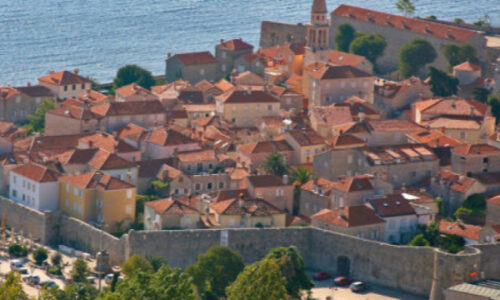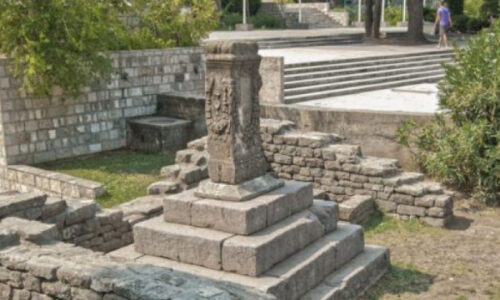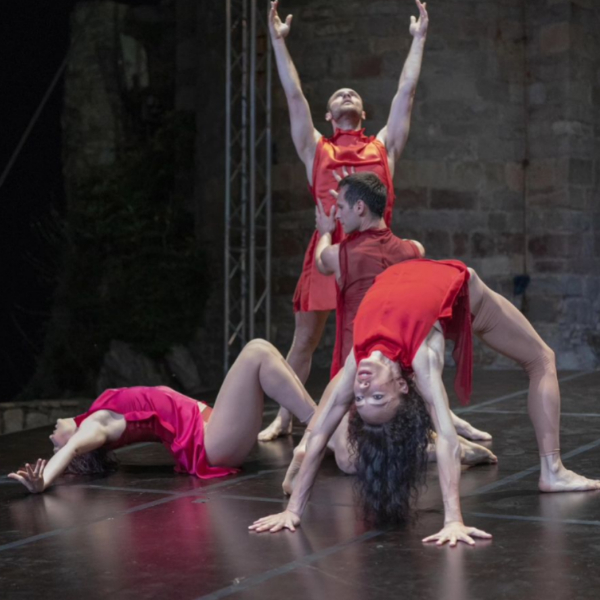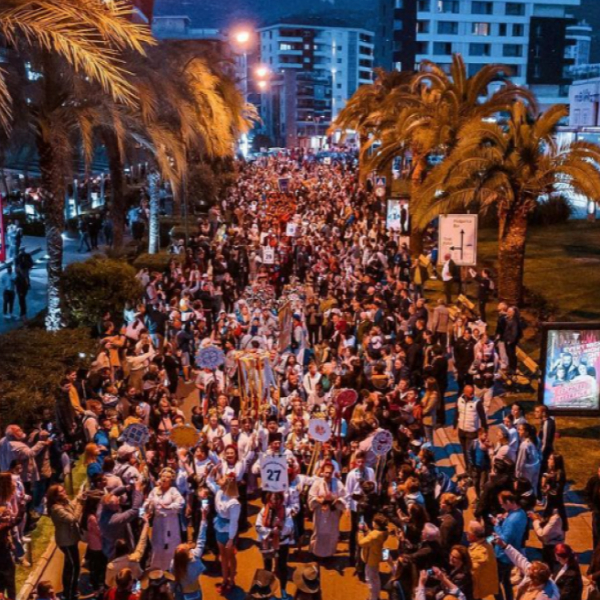Budva is a coastal city on the Adriatic Sea in Montenegro. The city has about 18,000 inhabitants and is the center of the municipality of Budva. The area around the city, along the coast, is also known as the Budva Riviera. The Riviera is the center of Montenegrin tourism, known for its sandy beaches and nightlife. Important tourist facilities are located within the Venetian walls from the 15th century, which surround Budva’s Old Town. The old town was heavily damaged in the devastating earthquake of 1979, but was completely rebuilt.
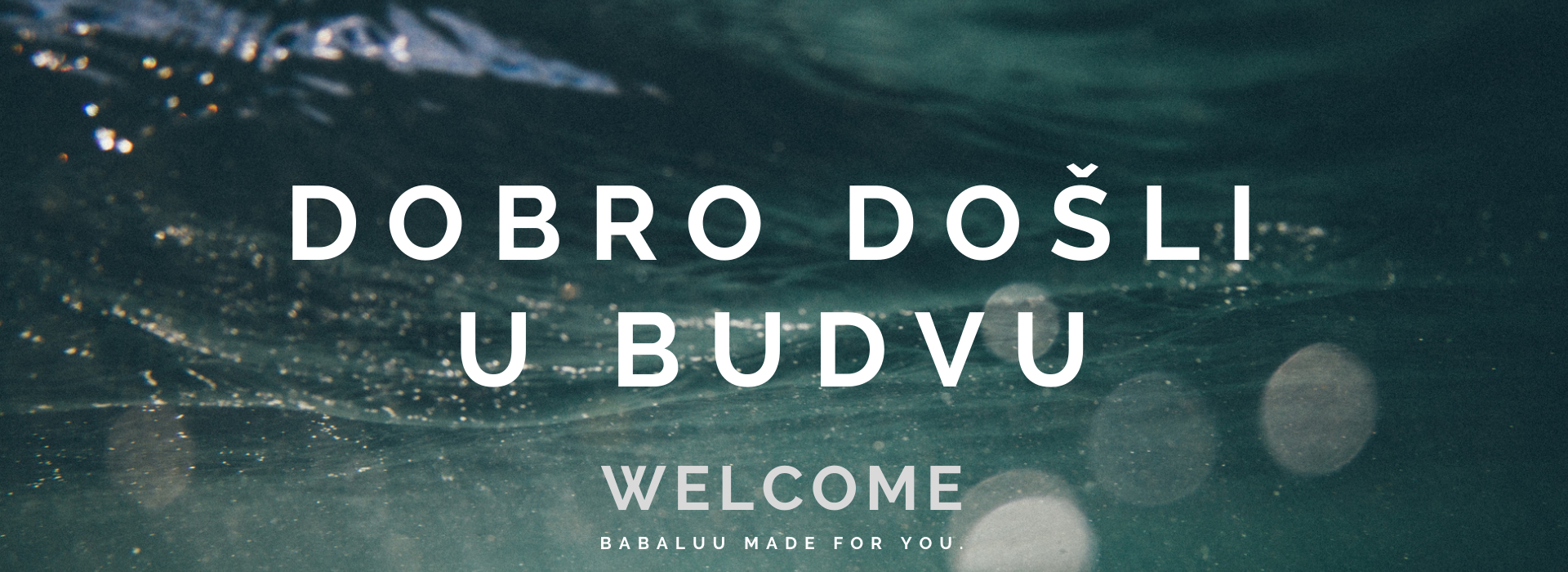
Budva bore the name Stari Grad in the Middle Ages. Most of the architecture of the Old Town is of Venetian origin. Doors, windows, balconies and many other details are in the Roman style of the Venetian Republic. There are four basic churches in the Old Town. The first is St. John’s, which was built in the 7th century and was a cathedral until the abolition of the Budva district, the second is the Church of the Virgin (Santa Maria in Punta) which dates from 840, the third is the Holy Trinity, built in 1804 and the fourth is St. Sava the Sanctified. The Venetian walls of the Old Town are an interesting tourist attraction.

In the 1979 earthquake, some houses were completely demolished, and part of the walls cracked. It took 8 years (until 1987) to completely rehabilitate the houses, streets, and ramparts.

History of Budva
In the ancient period, there was a city in this area. It is believed that it was originally an island, which later joined the coast and created an isthmus.
The Greeks founded many settlements in this part of the Balkan Peninsula, however, they did not succeed in settling colonists in the territory of today’s Montenegro, because the native Illyrian population did not allow them to do so.
Instead, there were only individual Greek market centers – emporia. One of them, during the 6th – 5th centuries BC, was in Budva (Butua).
We find the first mention of this Illyrian city in the 5th century BC, by Sophocles, and an anonymous travel writer states that it takes a day and a night to travel by sea from it to Durres, and three days by land. The land of the Illyrian tribe Enchileja, on which the city of Budva was founded, is mentioned in the myths related to Kadmos and Harmonia, immigrants from Greek Thebes.
- The settlement of Budva is mentioned as a colonized settlement by the Roman authorities. It is mentioned as Butua-Butuanum (Budva).
- The territory of Budva was inhabited by Italici (ancient Italians), Greeks and peoples from the Orient. Craftsmanship was developed and craft associations were founded.
- In the early Middle Ages, Budva was a Byzantine city, with a Greek military soldiers (garrison), and was inhabited by Greek and Italian merchants.
- With the arrival of the Slavs, ancient Montenegro (Duklja) changed its structure. Romanized natives retreat to fortified coastal cities.
- Slavs were vassals of the Byzantine emperor for several centuries. After the independence of the Principality of Duklja, Budva became part of it, and later also part of the Kingdom of Duklja.
- After 1181. Budva was in the state of Stefan Nemanja, the Kingdom of Serbia and the Empire. Modeled after Dušan’s Code, it was created during the reign of Emperor Stefan Uroš IV Nemanjić – the Statute of the City of Budva.
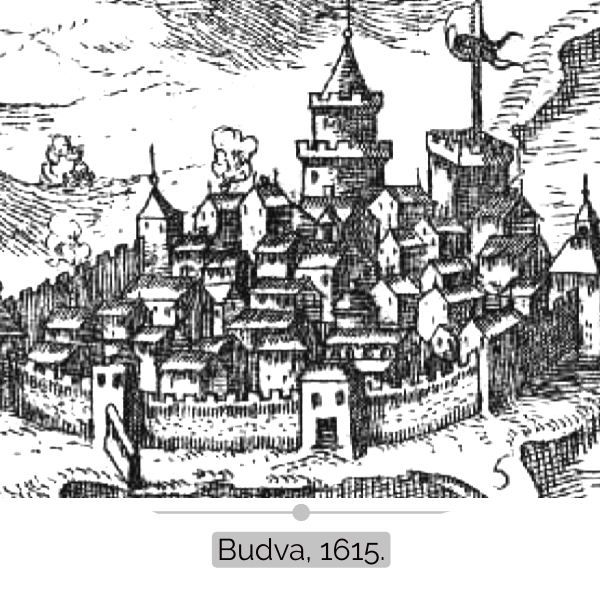
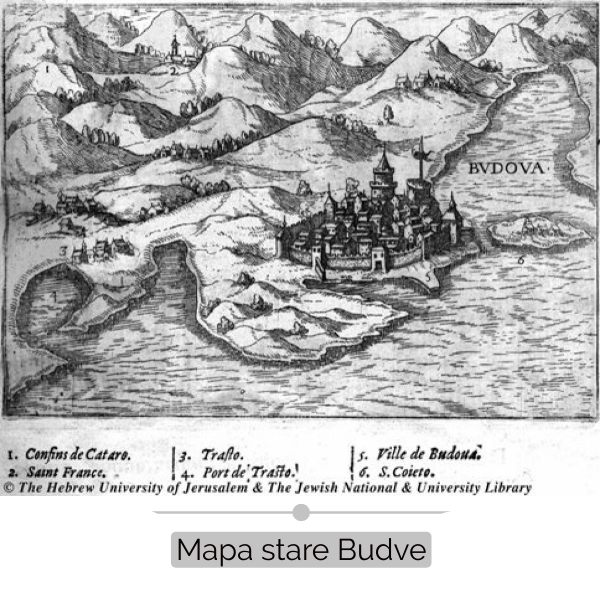
Myth and legend about the origin of the city
Cadmus and Harmony – the mythical founders of Budva
The myth of the origin of Budva is related to the mythical figure Cadmus, a hero from Boeotia and the founder of the city of Thebes, the son of the Phoenician king Agenor and Queen Telephasa. Cadmus left his homeland in search of his sister Europa, who was abducted by Zeus. In this search, he stayed in many Greek cities, and by order of the Delphic oracle, he settled in Boeotia and founded the famous Thebes, which he ruled for a long time. Here the gods gave him Harmonia, the daughter of Ares and Aphrodite, as his wife. In their old age, the spouses were exiled from Thebes and headed to the land of the Enheleians on an ox cart, where they founded a new city – Budva (Bouthoe).
According to legend, Budva got its name from the oxen that brought Cadmus and Harmony to these parts. The Enchelians were prophesied that they would defeat their neighbors the Illyrians if they chose Cadmus as their leader. Having done so, led by Cadmus, they defeated the Illyrians and conquered their land. Harmonia gave birth to Cadmus’ son Illyria here, and before her death, because of the killing of the dragon – the son of Ares, as a punishment from the gods, they were turned into snakes with characteristic blue spots. According to tradition, their grave is located somewhere in the area of Boka Kotorska or Durres. This legend dates back to the 2nd century.
,,K’o jedno nek budu dva! Budu dva… those two words – budu and dva create name – Budva”
Translated in english it means – “Like one, let there be two! There will be two… That leaves Budva.”
Legend says… once upon a time, a young stonemason Marko Mitrov lived in Budva. He was known for his skill. He carved lions, angels, fish, birds… The artist and craftsman, Marko, was happy to be invited to decorate the houses of his townspeople. He fell in love with Jelena.
Jelena and Marko loved each other secretly. They could not hide their strong and pure love for long. When they encountered the non-acceptance of their parents, young Jelena and Marko decided to die together. They jumped into the sea. But they didn’t drown, a miracle happened. They turned into fish, disappeared into the depths and their love came true in the depths of the sea. A voice was heard: “If one is one, let there be two!” There will be two… That’s what Budva is left with. In Mark’s house, they gave a stone relief of an unprecedented color. On the relief, two fish are entwined, inseparable. How he knew and carved it was never explained. And the legend remains that anyone who touches the relief will help their love to become as solid and steadfast as a stone.



What to see in Budva and it surroundings
Budva is a treasure trove of interesting buildings by both Venetian builders and medieval architects and painters.
Find out more about the city where you spend your best vacation days. Significant buildings and institutions:
- The Modern gallery Budva
- Museum of Budva
- Church of Santa Maria on Punta, Holy Trinity Church, Holy John Church, Monastery Podlastva, Monastery Stanjevići, Monastery Podmaine
- Fortress Budva
- Memorial home of Stjepan Mitrov Ljubiša, writer of significant short story ,,Kanjoša Macedonovića”
Explore the Budva coast
The coast of the municipality of Budva enchants its natural beauty as well as facilities for children and adults.
The beaches of the Budva Riviera are among the most beautiful beaches of the Montenegrin coast and almost all of them are protected.
Back in the period between the two world wars, some of them were considered the most beautiful European beaches. And now it can boast of a large number of tourists from various parts of the world. Attractive and significant beaches and places are: Petrovac, Sveti Stefan, Miločer Beach, Bečićka Beach, Slovenska Beach, Mogren Beach, Jaz Beach, Pržno Beach, Drobni pijesak Beach.
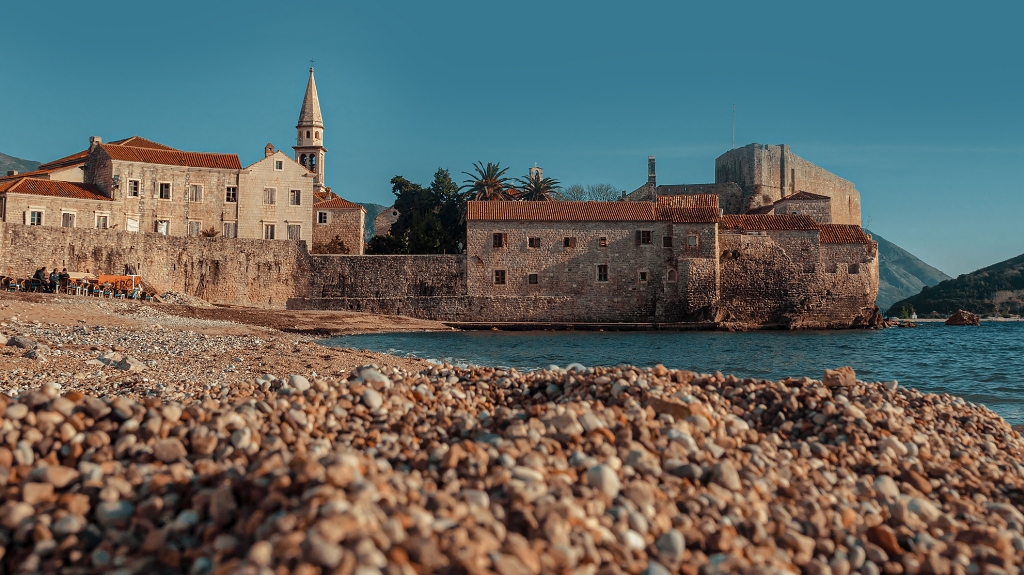
Manifestations
The Budva Riviera is rich in content such as music concerts, and theater festivals, and among the most famous is the Budva International Festival, which takes place every year in April.






